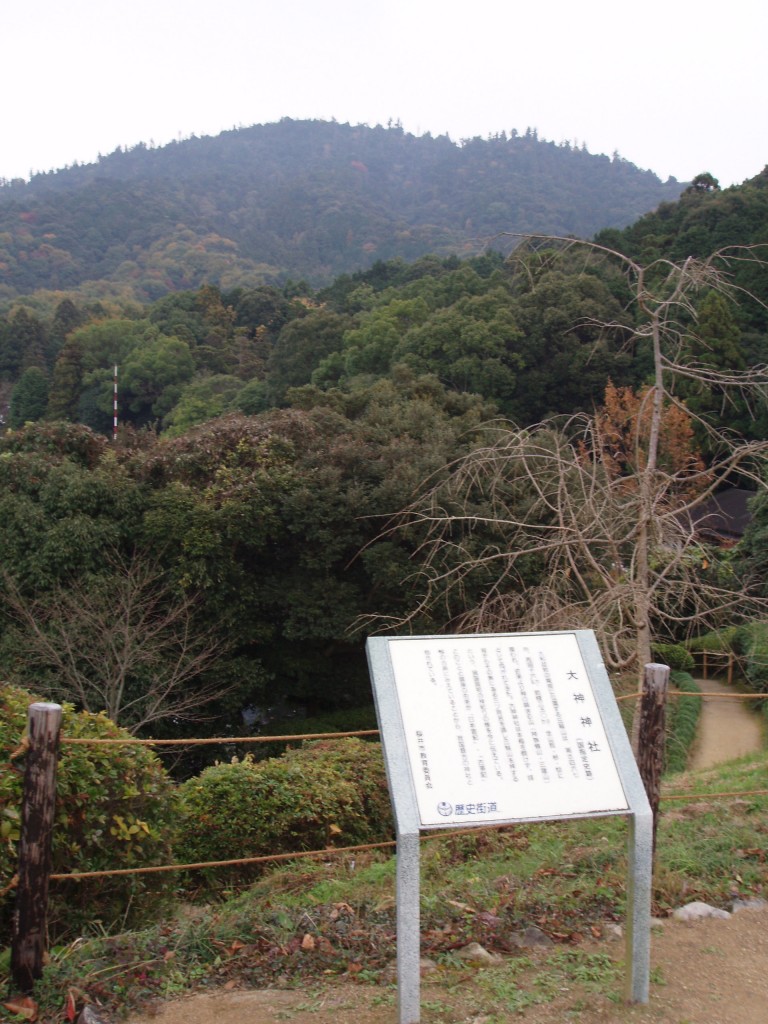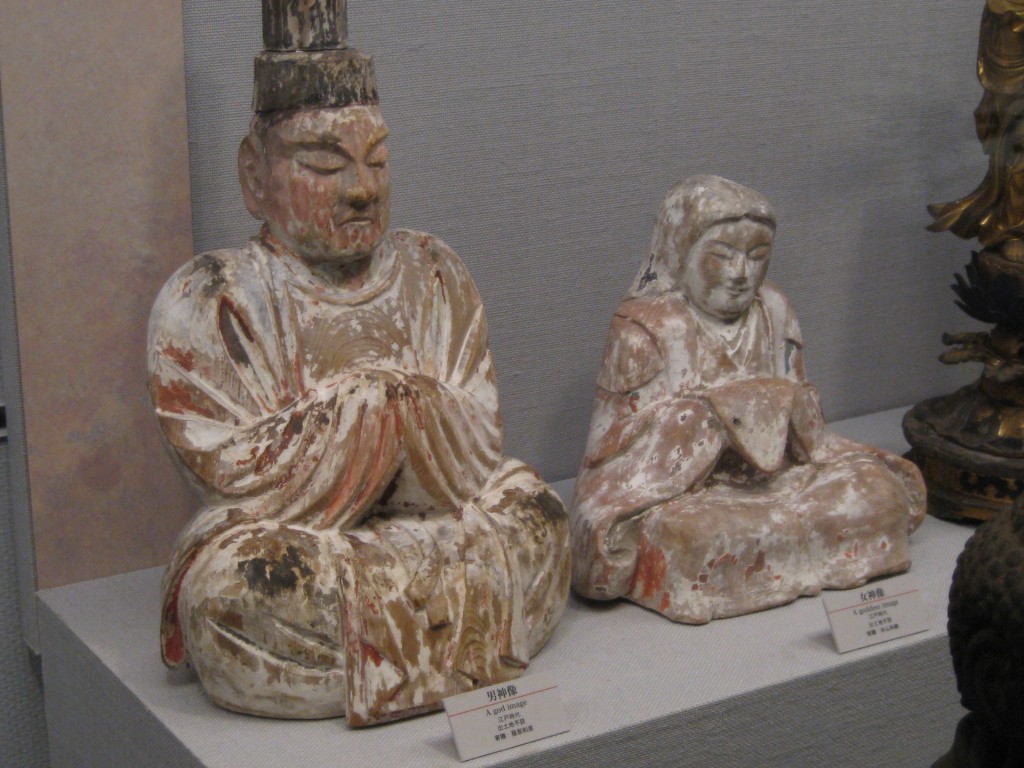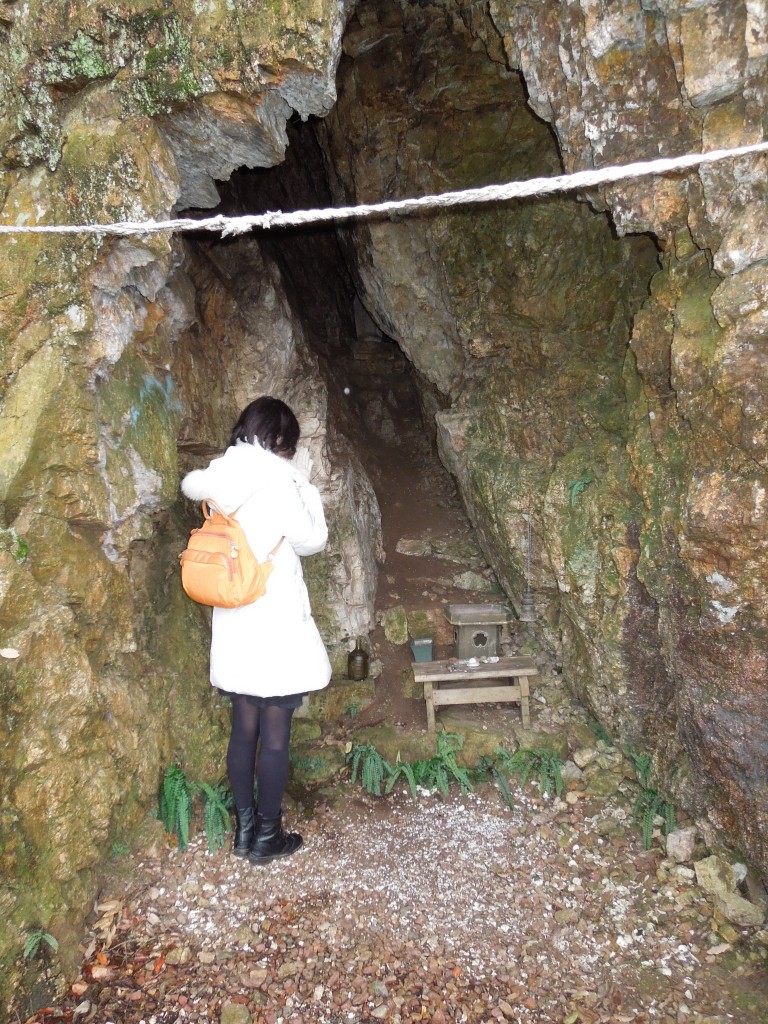
It's often said Japanese kami are formless and unseen, yet Mt Miwa, pictured here, is worshipped directly as a kami in itself.
The nippon.com site has some useful introductory essays on Japanese culture as a whole, and on Shinto in particular. In the passage below light is shed on the nature of the Japanese concept of kami by contrasting the term with the Western idea of God and Chinese notions of ‘shen’ (etymologically, Shinto derives from the Chinese ‘shen dao’, way of the spirits).
The passage concludes with the contentious issue of kami no kuni (country of kami). This could be interpreted to mean that the land of Japan is imbued with a numinous quality, since it is where the kami live. But by extension it also means that Japan is special. This is the way Hideyoshi used it in the sixteenth century when he expelled the Christian missionaries from the country. It’s the way it was used too in the days before WW2, when a nationalistic Japan sought to justify expansionism and rule over other countries.
Recognition of kami outside Japan therefore becomes a complex issue. Are Japanese kami extending their spiritual realm abroad, or are they kami independent of Japanese sovereignty? Rather than a kami no kuni, it would be preferable in these global times to promote the idea of a kami no sekai (world of kami).
*****************************
The following comes from the nippon.com site:

Representations of a pair of ancestral kami on display at Kokugakuin musuem, contradicting the notion that Japanese kami are all animist in origin
God ≠ Kami
When the English word God is translated into Japanese, it is generally represented by the kanji (Chinese character) 神 and pronounced kami. However, to avoid misunderstanding, it would be better to think of God, 神, and kami as three separate concepts.
“God” is the supreme being of monotheism and is customarily capitalized to indicate the unique nature of the deity and draw a distinction with the multiple gods of polytheism.
The written Japanese form, 神, is influenced by the Chinese meaning of the character. Common words in both languages using this character, such as 精神 (pronounced seishin in Japanese), meaning “spirit” or “mind,” and 神経 (shinkei), meaning “nerves,” are related to human mental qualities. Pronounced shen in Chinese, the character 神 carries some divine attributes, but they are of a decidedly low rank and far below those of the highest power in Chinese theology, termed 天 (tian) or 上帝 (shangdi) in Chinese.
Japan’s kami were traditionally thought of as anthropomorphized natural phenomena. They included the kami that appear in the Kojiki (Record of Ancient Matters) and the Nihon shoki (Chronicles of Japan), Japan’s ancient records of myth and history, kami that were worshiped in shrines, and everything possessing extraordinary qualities, including the sun, the moon, the wind, the rain, the sea, large rocks and trees, and even some smaller plants, animals, and people. This is how they were defined by the eighteenth-century scholar of Japanese classics Motoori Norinaga. According to Motoori, anything that inspired awe and sensitivity to ephemeral beauty (aware) was a kami.
For Japanese people who believe this, their country is a rich natural landscape with kami to be found wherever they turn — in short a kami no kuni or “country of kami.” If this phrase is translated into English as “God’s country,” it can be misunderstood as a fanatically nationalistic expression, but this is not what the phrase actually means.

Kami are associated with places that have 'extraordinary qualities'.

Leave a Reply